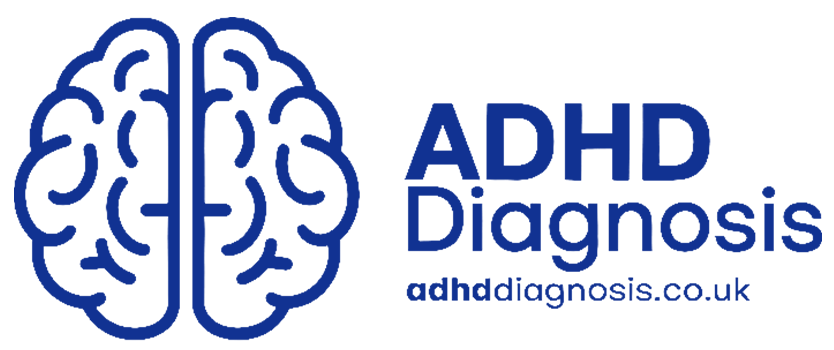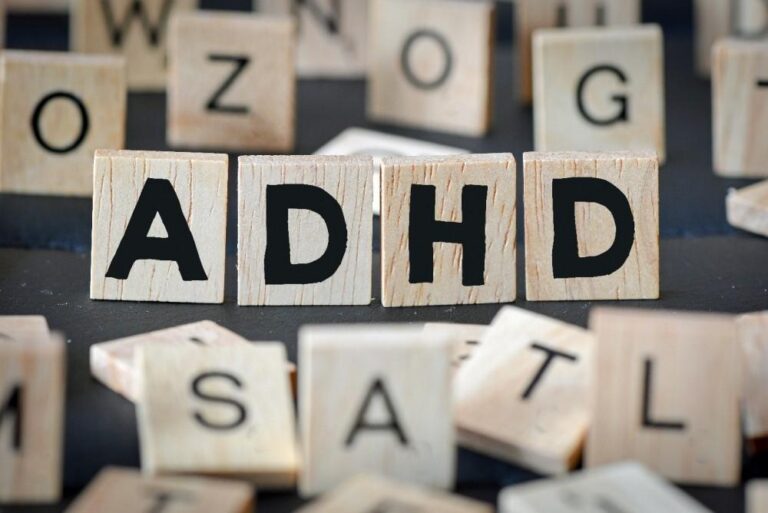Introduction
Managing Attention Deficit Hyperactivity Disorder (ADHD) at work can be challenging, especially when it comes to staying organised, meeting deadlines, and maintaining focus. People with ADHD often struggle with distractions, impulsivity, and time management, which can make the workplace feel overwhelming. However, with the right strategies and support, it’s possible to improve productivity and thrive in a professional setting.
In this blog, we’ll explore practical and effective tips for managing ADHD at work, helping you stay focused, organised, and in control of your workload.
How ADHD Affects Work Performance
ADHD impacts key cognitive functions that are essential for success in the workplace, including:
✅ Attention and Focus
- Difficulty maintaining focus during long meetings or detailed tasks
- Tendency to get distracted by noise, movement, or conversations
✅ Organisation and Planning
- Trouble managing deadlines and setting priorities
- Difficulty keeping track of paperwork, emails, and meeting notes
✅ Impulse Control
- Speaking out of turn in meetings
- Sending emails or messages without fully reviewing them
✅ Time Management
- Underestimating how long tasks will take
- Struggling to switch between tasks or stick to a schedule
Practical Tips for Managing ADHD at Work
1. Create a Structured Routine
Establishing a predictable daily routine helps reduce the mental load of constantly deciding what to do next.
- Start and finish work at the same time every day.
- Break large projects into smaller tasks with clear deadlines.
- Use a daily planner or digital calendar to map out your schedule.
👉 Example: Block out specific time slots for emails, meetings, and focused work sessions to create consistency.
2. Minimise Distractions
Reducing external distractions can help you stay focused and avoid losing track of time.
- Use noise-cancelling headphones to block out background noise.
- If possible, request a quiet workspace or work from home for focused tasks.
- Turn off non-essential notifications on your phone and computer.
👉 Example: Use a “Do Not Disturb” sign or app when you need uninterrupted time.
3. Use Time-Blocking Techniques
Time-blocking helps you organise your day and stay on track with tasks.
- Divide your day into short, manageable time slots (e.g., 25–30 minutes).
- Set a timer for each session and take a short break afterwards.
- Group similar tasks together to minimise context switching.
👉 Example: The Pomodoro Technique — 25 minutes of focused work followed by a 5-minute break — is highly effective for people with ADHD.
4. Prioritise and Set Clear Goals
Knowing what to focus on helps prevent overwhelm and procrastination.
- Start each day by writing down the top 3–5 tasks you need to complete.
- Rank tasks by urgency and importance.
- Break down large projects into smaller, achievable steps.
👉 Example: Tackle high-priority tasks first when your energy levels are highest.
5. Use Visual and Digital Reminders
Reminders can help you stay on top of deadlines and appointments.
- Set calendar alerts for meetings, deadlines, and follow-ups.
- Use sticky notes or whiteboards for quick visual cues.
- Set recurring reminders for regular tasks (e.g., submitting reports).
👉 Example: Use a task management app like Trello or Asana to organise your workload.
6. Manage Impulsivity
Controlling impulsive reactions can improve communication and decision-making at work.
- Pause before responding to emails or messages.
- Take a deep breath before speaking in meetings.
- Keep a notepad handy to jot down thoughts instead of interrupting conversations.
👉 Example: If you’re feeling overwhelmed or reactive, take a short walk to reset your mind.
7. Leverage Your Strengths
People with ADHD often have creative thinking, problem-solving skills, and high energy levels.
- Focus on tasks that play to your strengths.
- Volunteer for creative or fast-paced projects that keep you engaged.
- Ask for feedback to identify which tasks suit your natural abilities.
👉 Example: If you’re a fast thinker, you may excel in brainstorming sessions or rapid decision-making scenarios.
8. Create a Supportive Work Environment
Talking to your employer about ADHD can help create a more supportive work environment.
- Discuss potential adjustments, such as flexible hours or quiet workspaces.
- Ask for clear instructions and regular feedback.
- Use assistive tools like task management apps or speech-to-text software.
👉 Example: Under the Equality Act 2010, employees with ADHD in the UK are entitled to reasonable adjustments in the workplace.
9. Take Care of Your Mental and Physical Health
Improving overall health can help regulate ADHD symptoms and increase focus.
- Get regular exercise to improve concentration and reduce stress.
- Prioritise good sleep hygiene — aim for 7–9 hours of sleep each night.
- Eat a balanced diet with plenty of protein and complex carbohydrates to maintain energy levels.
👉 Example: A morning workout or walk before work can improve focus and mental clarity.
10. Seek Professional Support
If ADHD symptoms are affecting your work performance, consider seeking professional help.
- A therapist or ADHD coach can help develop coping strategies.
- Medication (if appropriate) can help improve focus and impulse control.
- Cognitive Behavioural Therapy (CBT) can help address work-related anxiety and self-doubt.
👉 Example: Many successful professionals with ADHD have benefited from therapy and coaching tailored to workplace challenges.
Common Workplace Adjustments for ADHD
If you’ve been diagnosed with ADHD, you may be entitled to workplace adjustments under UK employment law. Here are some examples of reasonable adjustments:
✅ Flexible working hours
✅ Noise-cancelling headphones
✅ Written instructions instead of verbal ones
✅ Extra time for complex tasks
✅ Regular check-ins with your manager
How to Talk to Your Employer About ADHD
Talking about ADHD at work can feel uncomfortable, but being open about your needs can help you succeed.
- Focus on the solutions, not just the challenges.
- Explain how adjustments can improve your performance.
- Be clear about the support you need (e.g., flexible hours, task management tools).
- Request a private meeting with your manager or HR department.
Conclusion
Managing ADHD at work requires a combination of structure, support, and self-awareness. By creating a structured routine, using time-blocking techniques, and minimising distractions, you can improve your focus and productivity. Leveraging your strengths and seeking reasonable adjustments can also help you thrive in your career.
Need Help Managing ADHD at Work?
If ADHD is affecting your work performance, professional support can make a difference. At ADHD Diagnosis, we specialise in diagnosing and managing ADHD in adults and children. Our team of experts will help you develop personalised strategies to succeed at work and beyond.
👉 Book an appointment today at adhddiagnosis.co.uk to get the support you need to thrive in your career.







